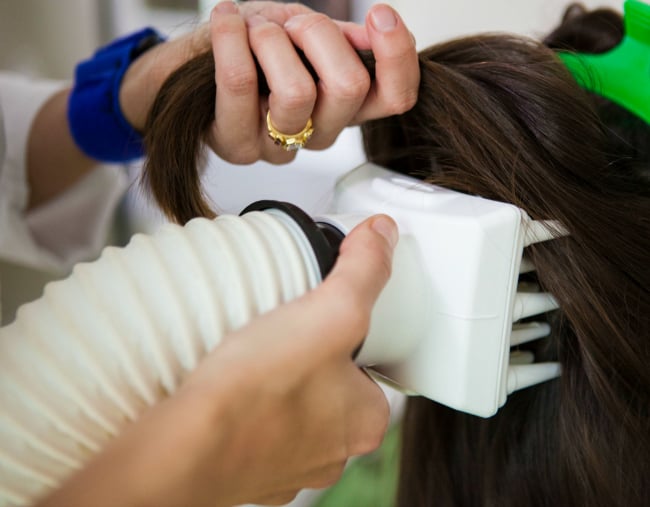For the good part of a decade I’ve had to deal with head lice.
The nuisance critters invade my children’s hair at the worst possible time, often when my day can’t get any busier yet I have no choice but to sit for hours at night treating and combing their hair.
The kids scream. I scream… and I want those pesky lice to scream.
In the past I’ve gotten them under control with conditioner, tried most over the counter treatments, some worked some didn’t. I feel like I’m deserving of a university doctorate in head lice considering the amount of time I’ve spent studying them at close range.




